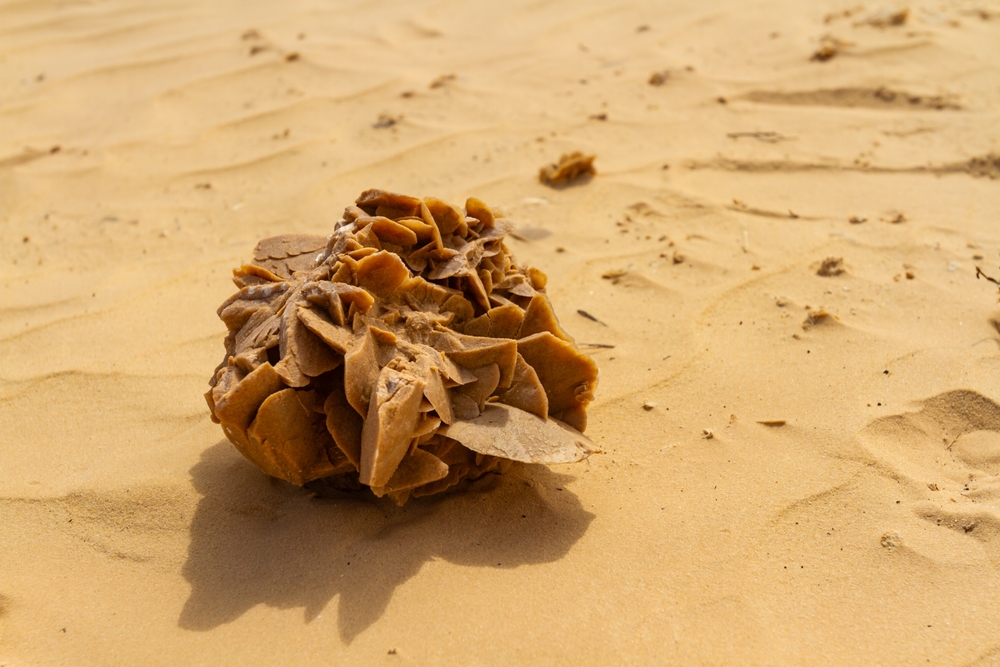Insects are some of nature’s most resilient and adaptable creatures, often packing surprising strength and unique abilities into their small bodies. From beetles that can lift hundreds of times their own weight to ants that work together in swarms to capture prey, each species has evolved to thrive in its environment in fascinating ways. Many of these remarkable insects possess powers that seem almost superhuman, whether it’s hunting with lightning speed, surviving extreme conditions, or fending off predators with unique defenses. By exploring the impressive strengths and adaptations of these insects, we can gain a deeper appreciation for the diversity and ingenuity of life in the natural world.
Dung Beetle
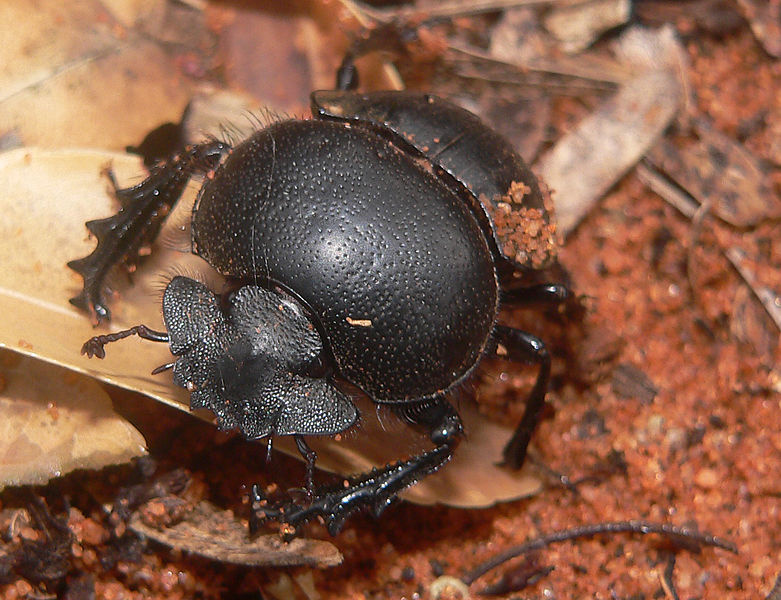
The dung beetle stands out as one of the strongest insects relative to its size, capable of pulling weights over 1,000 times its own body weight. This tiny powerhouse is integral to its ecosystem, as it plays a crucial role in nutrient recycling. By rolling and burying dung, it not only feeds itself but also aerates the soil, benefiting plant growth. Dung beetles have specialized legs and muscles that allow them to grip and move objects much larger than themselves. Their strength is an evolutionary adaptation developed to handle the heavy dung balls they transport. Additionally, their keen sense of smell guides them to food sources from afar. Their remarkable strength and ecological importance make them fascinating subjects of study.
Leafcutter Ant
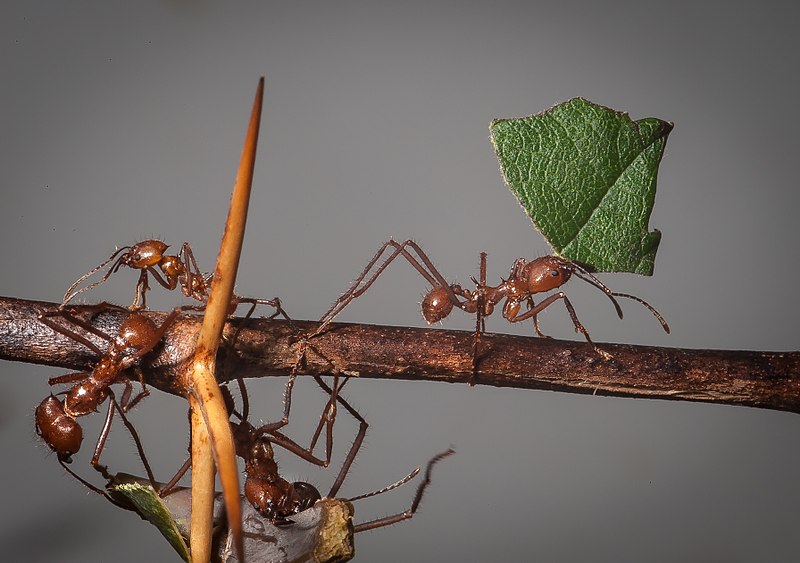
Leafcutter ants are known for their unique ability to cut and carry leaf fragments that are up to 50 times their body weight. Working collectively, these ants create intricate underground colonies where they use the leaves to cultivate fungi, their primary food source. This symbiotic relationship between the ants and fungi is essential for the colony’s survival. Each ant in a colony has a specific role, from cutting leaves to defending the nest from intruders. Their powerful jaws, or mandibles, slice through vegetation with ease, a testament to their incredible strength. Leafcutter ants also communicate using pheromones, guiding others to food sources. Together, their teamwork and strength create one of nature’s most complex and efficient systems.
Bullet Ant
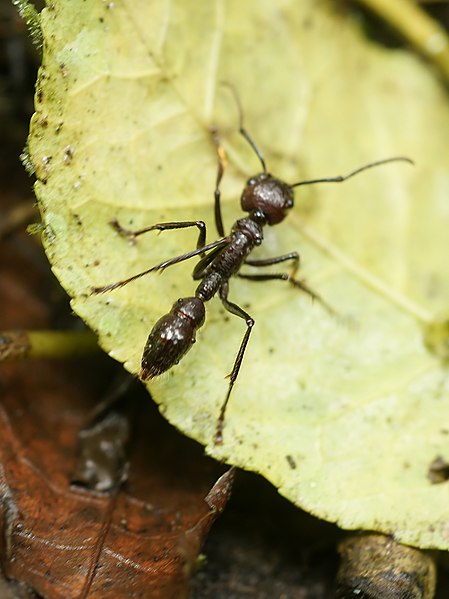
The bullet ant, infamous for its intensely painful sting, possesses not only a powerful defense but also incredible physical strength. Residing in the rainforests of Central and South America, this ant is often used in tribal rituals because of its fearsome sting. Known to lift and carry items several times its body weight, the bullet ant uses its strength to transport food back to its nest. Its powerful mandibles help it secure prey and defend its territory effectively. Bullet ants also work in highly organized colonies, where each individual contributes to the group’s survival. Despite its size, this insect is one of the most resilient creatures in the rainforest. Its combination of pain-inducing defense and strength ensures it stays protected.
Hercules Beetle

The Hercules beetle is one of the largest and strongest beetles in the world, named after the mythological hero for its prodigious strength. This beetle, found in the rainforests of Central and South America, can lift up to 850 times its body weight. Its elongated horn, a distinctive feature, is used in battles with other males over mating rights. During these displays, the Hercules beetle uses its impressive horn to flip and push opponents. The beetle’s tough exoskeleton offers protection and durability, allowing it to withstand impacts and stress. Additionally, it can change color in response to humidity levels, blending with its environment. Its combination of physical strength and adaptability makes it a fascinating species.
Honeybee
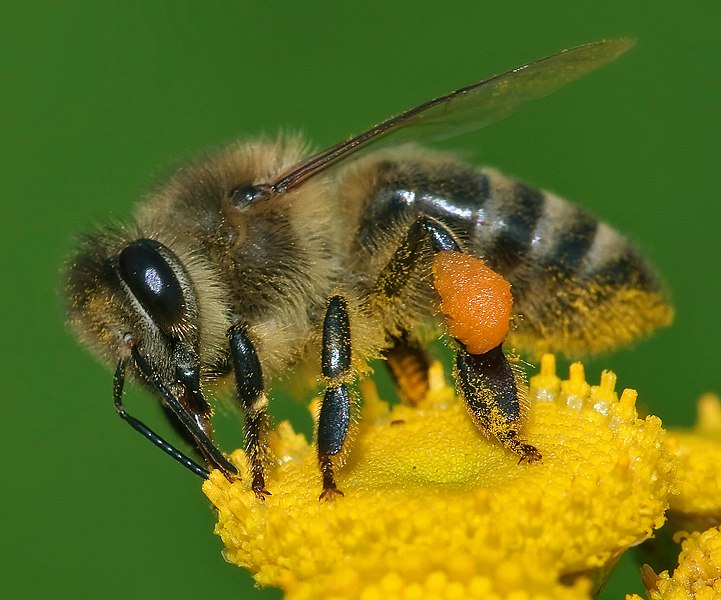
Honeybees may be small, but they exhibit impressive endurance and strength, especially when foraging. They are capable of flying up to 15 miles per hour, carrying nectar and pollen from flowers back to their hive. Honeybees have specialized structures, such as pollen baskets on their hind legs, to help transport large loads. Despite their delicate appearance, they work tirelessly, often flying miles each day to gather resources. They also demonstrate collective strength when defending their hive, using their stingers in a coordinated attack if threatened. The cooperative nature of honeybee colonies enables them to accomplish complex tasks, from building hives to producing honey. Their strength in numbers and dedication to their colony are essential to their survival.
Goliath Beetle
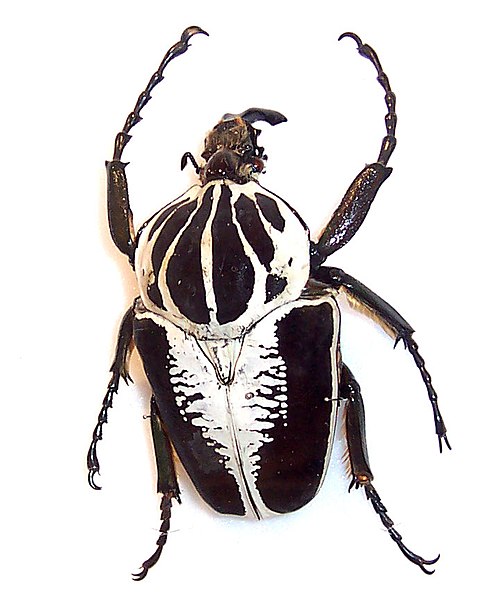
The Goliath beetle is another heavyweight insect, known for both its size and its strength. Native to African rainforests, this beetle can weigh over 100 grams and is one of the heaviest insects on the planet. It can lift up to 850 times its own weight, making it a true powerhouse in the insect world. Its large, powerful legs are well-adapted for digging and climbing, helping it navigate its forest habitat. The Goliath beetle’s strength is crucial for fending off predators and competing for mates. Additionally, it has a distinctive color pattern that provides camouflage among leaves and branches. This remarkable strength, combined with its impressive size, makes it a formidable presence in its environment.
Bombardier Beetle
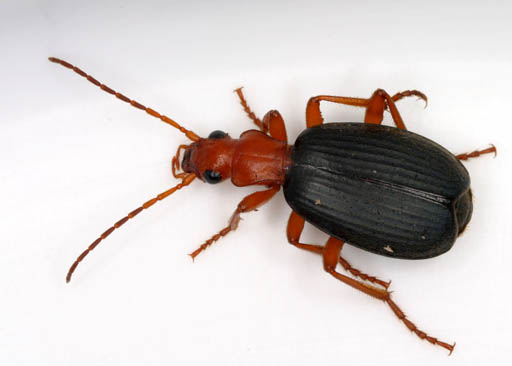
The bombardier beetle has a unique defense mechanism that sets it apart: it can spray a boiling hot chemical at predators. This beetle’s remarkable ability to produce such an intense chemical reaction within its body is a result of special enzymes stored in its abdomen. When threatened, it mixes these chemicals to create an explosive spray, effectively deterring attackers. Bombardier beetles are agile and quick, able to escape once their chemical defense has been unleashed. This incredible adaptation is a testament to their evolutionary success, allowing them to thrive in diverse environments. Their resilience and defense mechanism have fascinated scientists, who study their chemistry for potential applications. The beetle’s unique ability makes it one of nature’s most innovative defenders.
Driver Ant
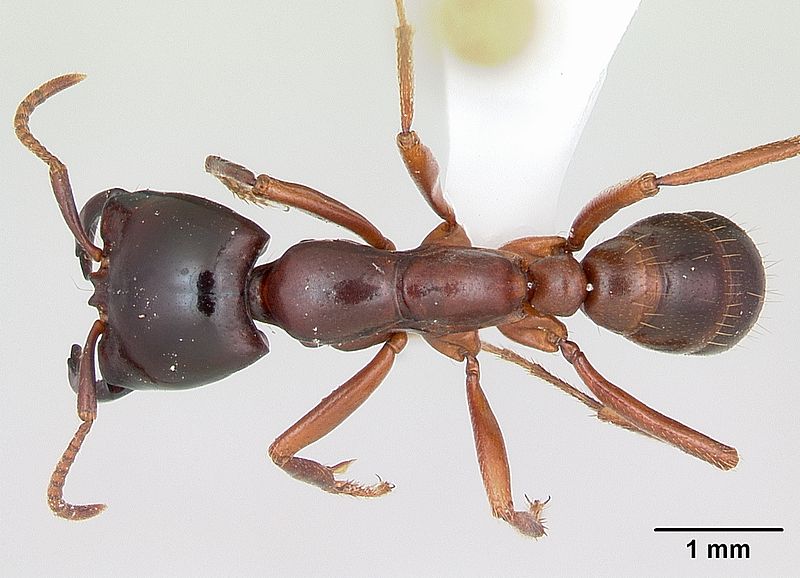
Driver ants are known for their collective hunting strength, moving in large swarms to capture prey. They form massive columns that can stretch over 50 feet, overwhelming even large animals with their sheer numbers. Using powerful jaws, each ant can deliver painful bites to subdue its prey. These ants exhibit a highly organized social structure, with soldiers, workers, and queens each performing specific roles. Their strength in unity allows them to take down animals much larger than themselves. Driver ants are also nomadic, constantly moving in search of food, which makes them incredibly adaptable. Their aggressive hunting tactics have earned them a fearsome reputation in their native African habitats.
Tiger Beetle
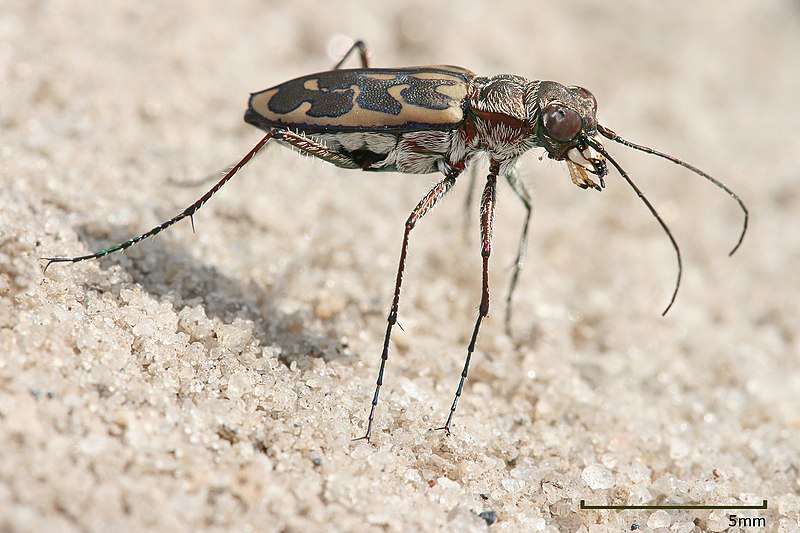
Tiger beetles are among the fastest insects in the world, capable of reaching speeds of up to 5 miles per hour. They use this speed to pursue prey, often catching it with their powerful mandibles. Tiger beetles have excellent eyesight, allowing them to track down moving targets with precision. Their agility and speed make them formidable hunters, even in difficult terrain. Equipped with sharp claws, they are able to dig into the ground to capture insects hidden beneath the soil. Their strength and hunting prowess are complemented by a metallic sheen on their bodies, which camouflages them among leaves and rocks. These qualities make them efficient and resilient predators.
Atlas Moth
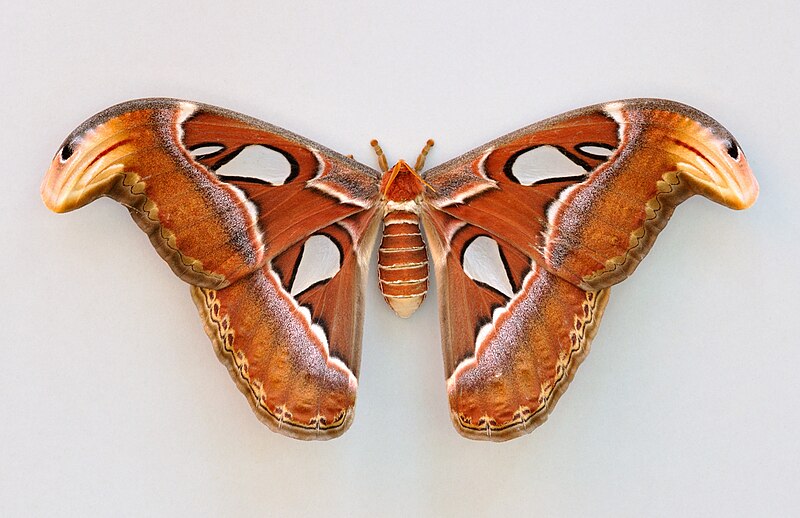
The Atlas moth is one of the largest moths in the world, with a wingspan that can reach over 10 inches. Although it lacks physical strength in the traditional sense, its sheer size and vibrant patterns act as a defense mechanism. Its wings resemble a snake’s head, deterring predators from attacking. The moth has a limited lifespan of just a few days, during which it relies on stored energy instead of food. Its silk cocoons, spun before transformation, are highly durable and have been used as materials for textiles in parts of Asia. The Atlas moth’s strength lies in its survival strategy, relying on size and mimicry for protection. This combination of physical adaptation and appearance has helped it become a well-known insect in tropical forests.
Asian Giant Hornet
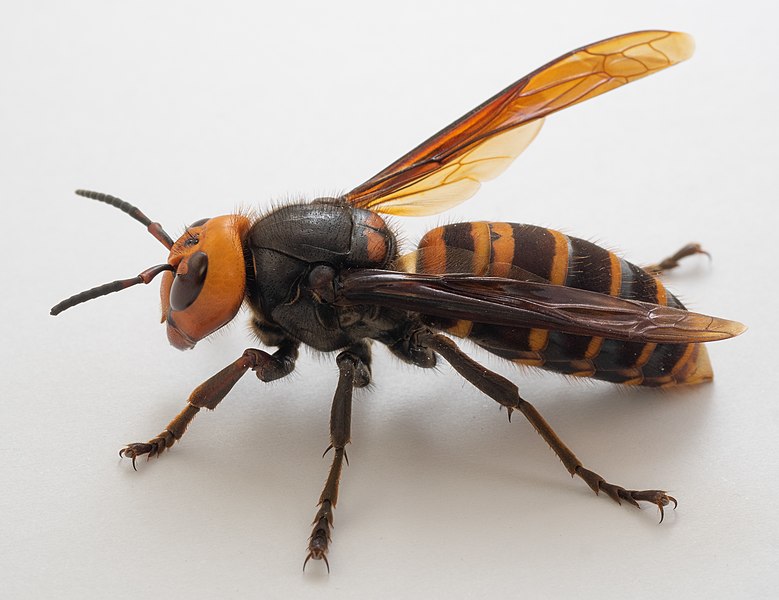
The Asian giant hornet, often referred to as the “murder hornet,” is known for its powerful venom and aggressive behavior. This hornet can grow up to two inches long and preys on honeybee colonies, using its powerful mandibles to decimate entire hives. Despite its predatory habits, the hornet exhibits teamwork, with scouts marking hives for coordinated attacks by the colony. Its venom contains a potent mix of chemicals that can dissolve flesh and inflict intense pain on its victims. The hornet’s armored body and strong wings enable it to fly long distances in search of prey. Known to withstand harsh environments, this insect exemplifies strength and adaptability. Its reputation and predatory abilities make it both feared and respected.
Trap-Jaw Ant
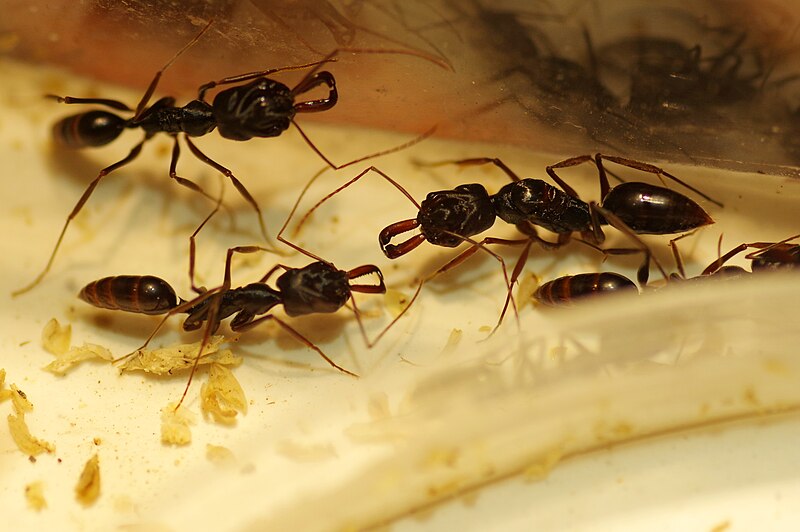
Trap-jaw ants are famous for their lightning-fast mandibles, which snap shut at speeds of up to 140 miles per hour. This rapid movement enables them to capture prey with impressive precision and strength. They use their powerful jaws not only for hunting but also for launching themselves into the air to escape threats. By snapping their jaws against the ground, they can leap away from danger in an instant. Trap-jaw ants also rely on their strong mandibles to defend their colony from invaders. These ants possess excellent coordination, which enhances their effectiveness both in hunting and in defense. Their unique jaws make them one of the most formidable insects in terms of attack speed and agility.
Giant Water Bug
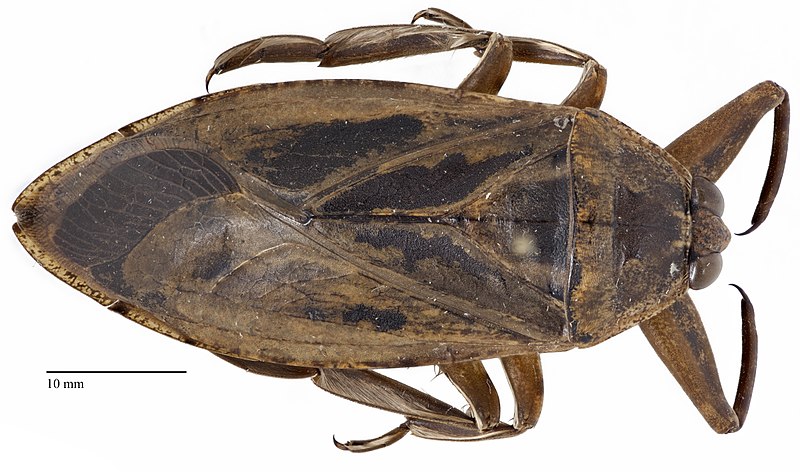
The giant water bug is an aquatic predator known for its powerful bite and ability to catch prey larger than itself. Commonly found in freshwater habitats, this bug is capable of taking down fish, amphibians, and even small snakes. Its strong front legs are adapted for gripping, while its piercing mouth injects digestive enzymes into prey, liquefying the insides for easy consumption. These bugs are also known for their unique parental care, with males often carrying eggs on their backs until they hatch. Despite their slow movements on land, they are agile swimmers, using their back legs like paddles. Their strength and ability to hunt in water make them apex predators in their aquatic environments. Known as “toe-biters,” they have even been known to bite humans if provoked.
Army Ant
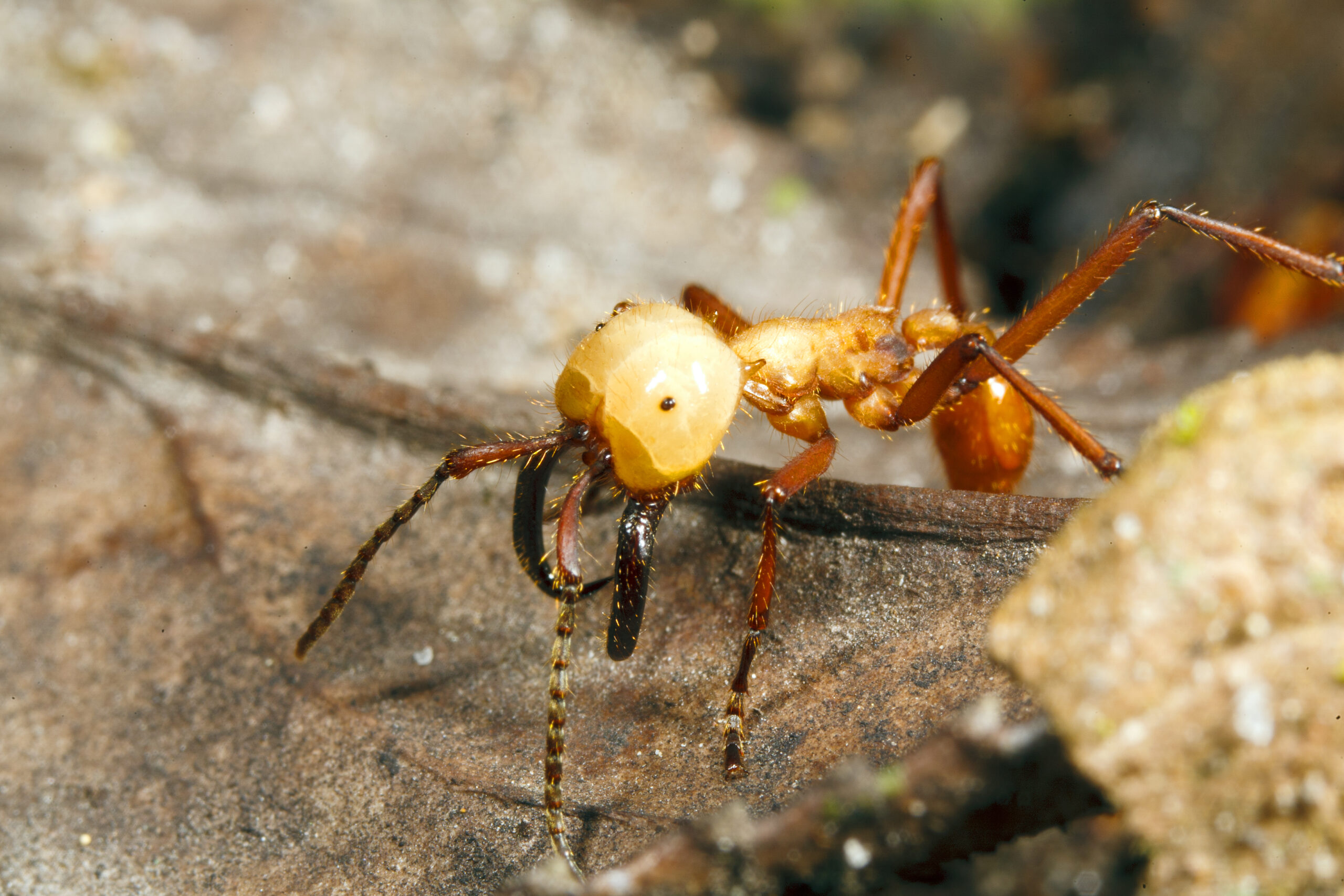
Army ants, often found in tropical rainforests, are highly organized and function as a collective force to capture prey. Known for their nomadic lifestyle, they move in massive swarms that can cover several meters in search of food. Army ants coordinate their movements, forming bridges and trails with their own bodies to aid the colony’s journey. Their powerful mandibles can dismember large prey, which they carry back to their nest for consumption. The strength of an individual ant is amplified by the thousands that march with it, making them a formidable force. They play a crucial role in their ecosystem by regulating insect populations. Army ants’ synchronized efforts highlight the strength that can be achieved through unity.
Bombus (Bumblebee)

Bumblebees are known for their hardiness and ability to pollinate in cold, challenging environments where other insects cannot. Their strength lies in their resilience and their ability to carry pollen loads back to their colonies despite adverse weather. Bumblebees use a process called “buzz pollination,” where they vibrate their flight muscles to shake pollen loose from flowers. Their larger bodies and powerful wings allow them to forage in difficult conditions, contributing significantly to ecosystems. Unlike many other bee species, bumblebees can sting multiple times without dying, making them formidable defenders of their hives. Their collective efforts and strength in pollination play an essential role in plant reproduction. Bumblebees are vital pollinators, ensuring biodiversity across different landscapes.
Rhinoceros Beetle
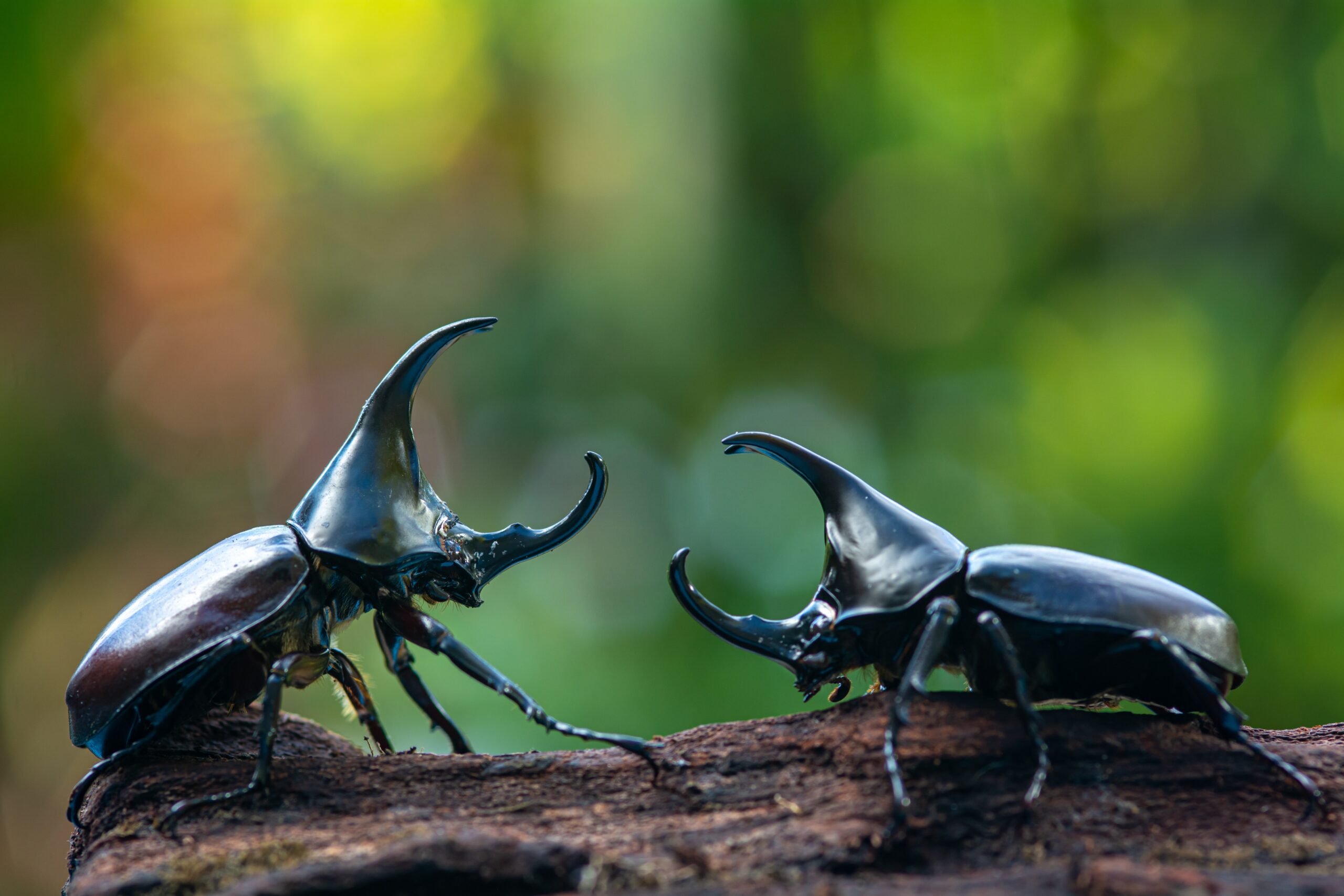
The rhinoceros beetle, named for the horn-like protrusion on its head, is among the strongest insects in terms of lifting power. These beetles can carry objects up to 850 times their body weight, a feat attributed to their powerful thoracic muscles. Males use their horns in combat, wrestling rivals to secure access to mates. Their thick exoskeleton provides protection during these encounters, making them resilient fighters. Rhinoceros beetles are nocturnal and use their horn not only for battle but also to dig into tree bark for food. Despite their intimidating appearance, they are gentle creatures that primarily feed on plant matter. The combination of strength and unique appearance makes them one of the most admired insects worldwide.
Velvet Ant (Cow Killer)
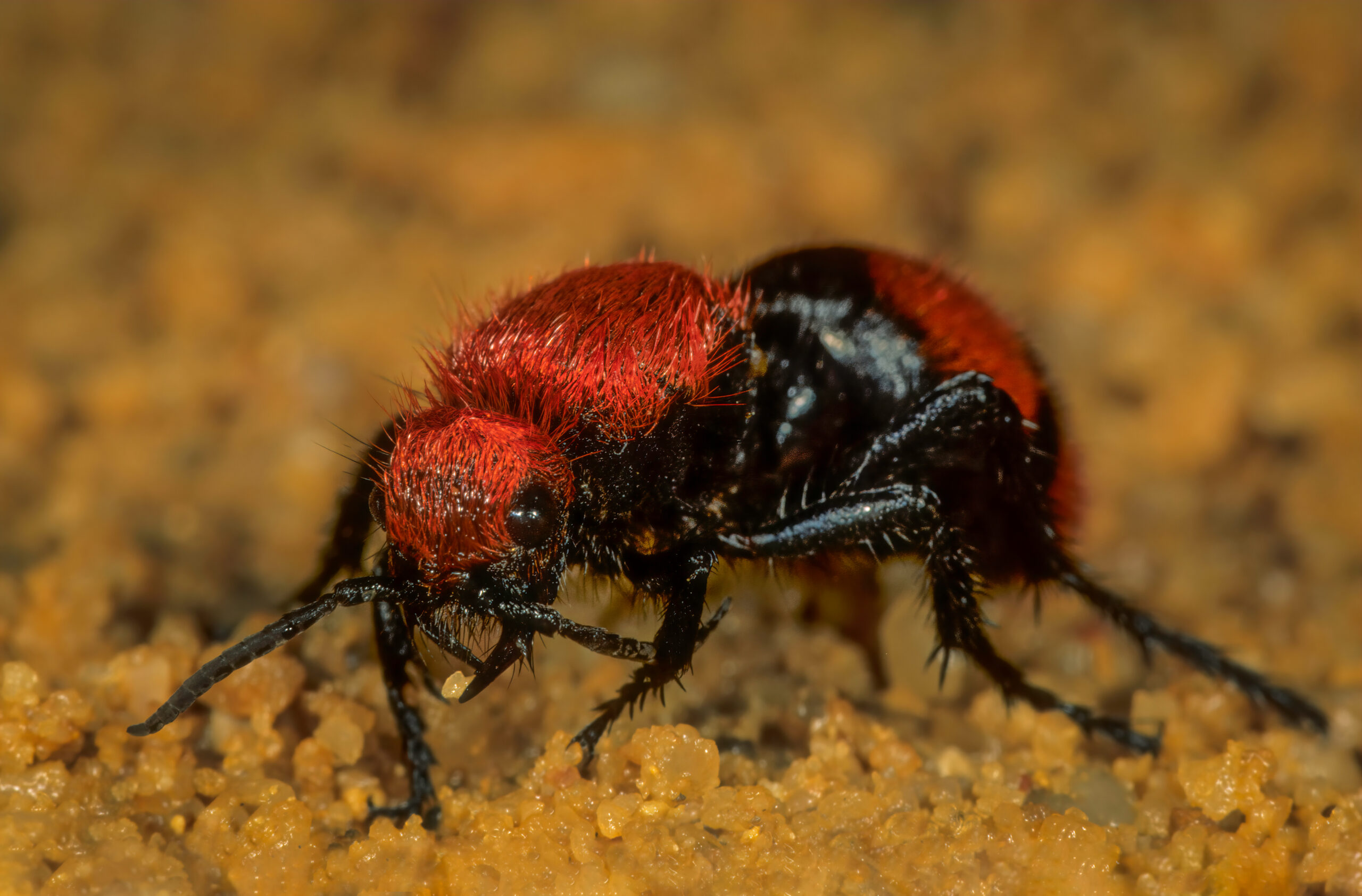
Despite its name, the velvet ant is actually a type of wasp, known for its powerful sting and its ability to survive in harsh desert climates. Its thick, velvet-like exoskeleton protects it from predators, and it has been observed to withstand strong impacts. This resilience allows it to roam freely, searching for food and mates, without fear of most natural enemies. Velvet ants are solitary, and females lack wings, making them ground-dwellers with strong legs for burrowing. They are equipped with a venomous sting that deters predators effectively, giving them the nickname “cow killer” due to the intense pain it inflicts. Their strength and adaptability make them well-suited for survival in extreme conditions. These qualities make the velvet ant both intriguing and intimidating.
Tarantula Hawk Wasp
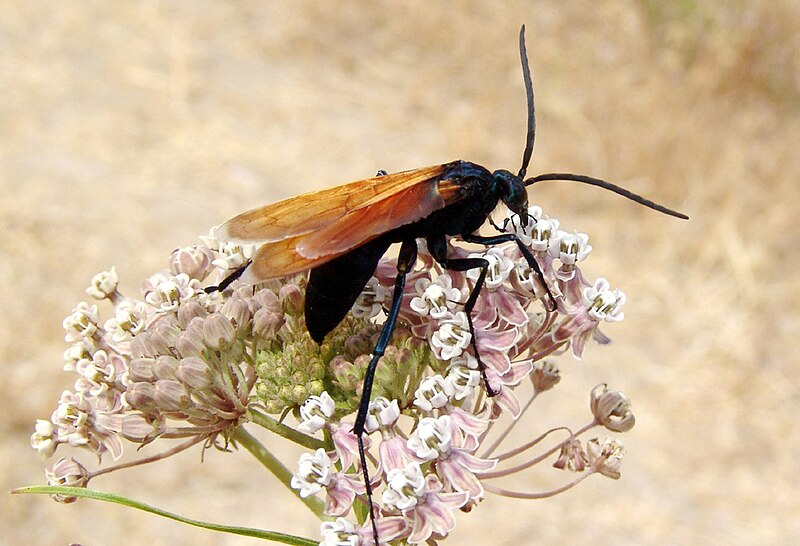
The tarantula hawk wasp is notorious for its ability to hunt and paralyze tarantulas, a task that requires immense strength and a potent venom. This wasp injects venom into the spider, rendering it helpless, then drags it back to its nest to serve as food for its larvae. Its strong wings allow it to fly even while carrying a heavy load. The wasp’s body is covered with a thick exoskeleton that offers protection against its prey’s defenses. Known for its intense sting, this insect has few natural predators, as most animals avoid the pain associated with its venom. Its strength is an essential adaptation for securing sustenance for its young. Tarantula hawk wasps demonstrate a unique combination of predatory skill and physical power.
Titan Beetle
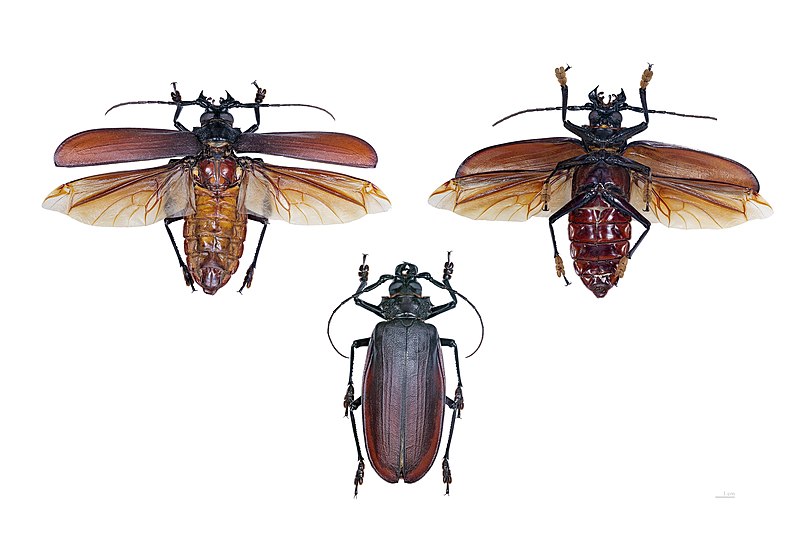
The titan beetle, one of the largest beetles in the world, can grow up to 6.5 inches in length. Its powerful mandibles are capable of snapping pencils and even breaking human skin if provoked. Native to the rainforests of South America, this beetle is a nocturnal creature, using its strength to fend off predators rather than hunt. Unlike other large insects, it does not eat in its adult stage, relying on energy reserves stored during its larval phase. Its strength lies in its resilience and the ability to survive long periods without food. The titan beetle’s size and strength make it a formidable insect, inspiring awe among entomologists and nature enthusiasts alike. Its rare sightings add to its mystique, solidifying its reputation as a true giant of the insect world.
This article originally appeared on Rarest.org.
More From Rarest.Org
The universe is filled with galaxies that stretch back to its very beginnings, offering glimpses into the formation of stars and cosmic structures billions of years ago. Some of the oldest known ones were formed only a few hundred million years after the Big Bang, giving astronomers valuable insight into the early stages of galaxy evolution. Read more.
Fungi are known for thriving in some of the most unexpected places, adapting to environments that range from forest floors to decaying wood and even the frozen landscapes of winter. These resilient organisms play a vital role in their ecosystems by breaking down organic material, spreading spores, and forming symbiotic relationships with plants and animals. Read more.
Nature is full of surprises, from familiar landscapes to the sky’s endless wonders. However, some natural events are so rare and perplexing that even scientists struggle to explain them. Read more.



